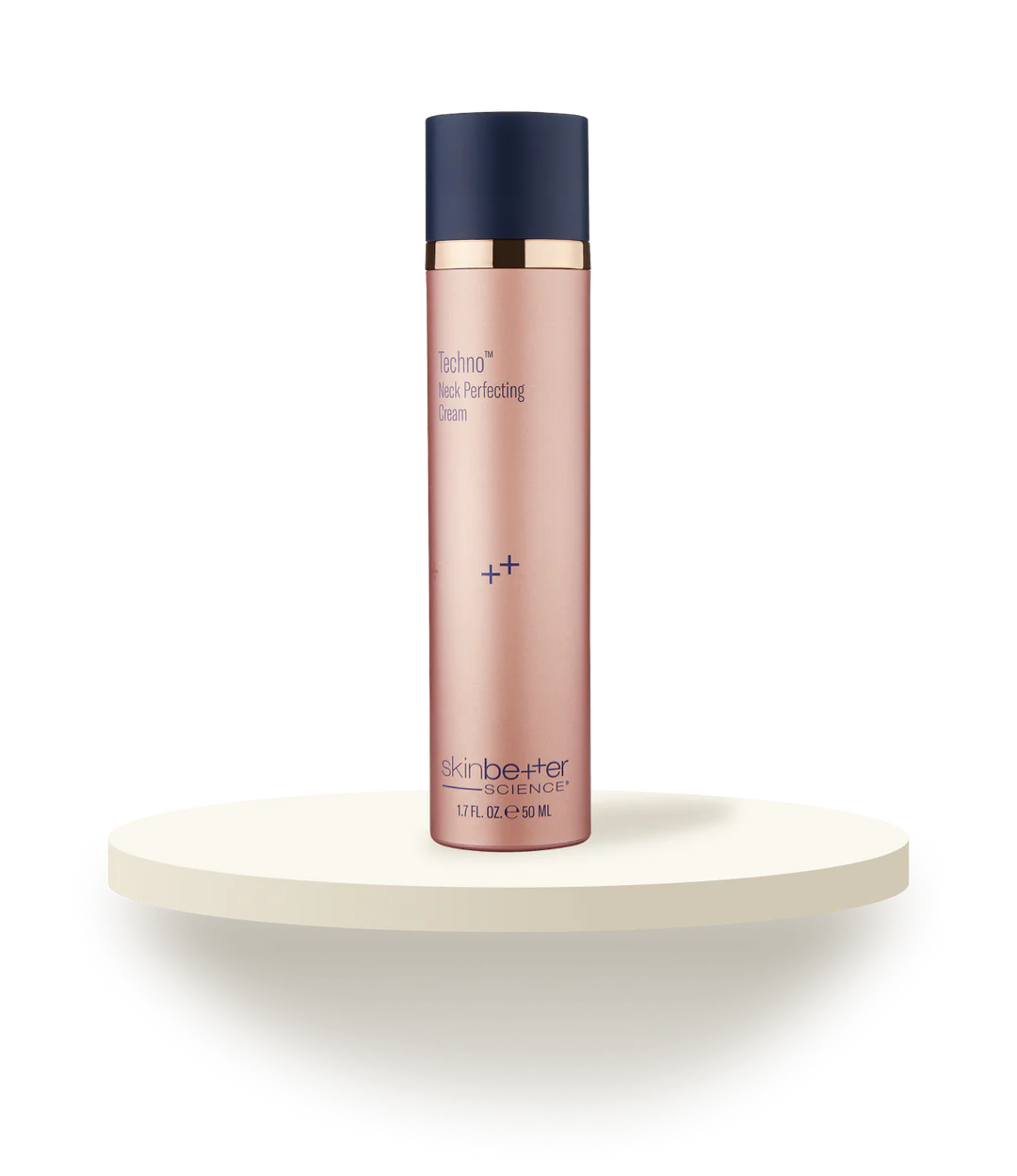What Causes Sparse Eyelashes?
As previously mentioned, sparse lashes can be caused by many factors. For example, the symptom can be a simple genetic trait passed down from family members, parts of an inherited congenital disease like Rothmund-Thomson syndrome, or a sign of another health issue that could be serious or problematic without proper treatment. Additionally, sparse eyelashes can be caused by hormonal changes, trauma to the eyelid, and allergies to makeup products, among other reasons. Some of the most common reasons for eyelash loss or eyelashes that lose volume, thickness, and that become sparse also include the following:
Sparse Lashes + Age: Many studies have shown that eyelashes change with age. Some of these changes include the length, thickness, and pigmentation of the hair follicles of the upper and lower lashes. In general, eyelashes tend to get shorter, thinner, and sparser as a normal part of the aging process for most men and women. The destructive nature of these changes can also be exacerbated further by daily habits, including failure to remove makeup overnight, rough treatment of the eyelashes, and other factors.
Sparse Lashes + Pregnancy: A rare but possible side effect of pregnancy is eyebrow and eyelash loss caused by fluctuations in the function of the thyroid. This is a temporary symptom that should resolve itself once the pregnancy is over, and the hormones responsible for hyperthyroidism (human chorionic gonadotropin or hCG, and estrogen) return to normal levels. Sparse lashes during pregnancy may also be caused by nutritional deficiencies.
Sparse Lashes After Extensions: Eyelash extensions are known to damage the hair follicle, especially when improperly applied or when removed by tugging or pulling. As a result, sparse lashes are quite common in people that have had eyelash extensions, although this outcome can be avoided by finding a reputable aesthetician to perform the treatment and by following the proper protocol for removal.
How to Treat Sparse or No Lashes: Serums, Implants, and Extensions
The treatment of sparse lashes or of milphosis (the term used to describe general eyelash loss) depends heavily on the underlying factors causing the symptoms. For example, lash loss caused by trichotillomania, a psychological disease where the patient pulls his or her own lashes out voluntarily, will have a different treatment plan than a patient whose eyelashes are missing due to alopecia areata, endocrinological disorders, or trauma.
For those that have noticed symptoms of eyelash loss, a serious evaluation and analysis done by a reputable, board-certified doctor are imperative to the health of the patient. A physician will evaluate the patient’s history of symptoms, clues of systemic disorders or diseases, and other important factors to determine a diagnosis for the loss of eyelashes.
When eyelash loss is not a serious health issue and is caused by factors such as aging, hormone fluctuations during or after pregnancy, or rough treatment of the lashes, various treatments are available to improve the growth cycle and growth patterns of sparse or non-existent eyelashes. Here are some of the most popular options on the market today, used by many people with non-threatening cases of sparse or completely absent eyelashes.
Eyelash Extensions: Eyelash extensions are becoming more and more popular each year, due to the advances that have been made in creating natural-looking false lashes that are easy to wear. Today’s false eyelashes are made out of mink, horse hair, or synthetic materials, and can last up to six weeks when properly applied by a trained aesthetician.
Latisse: Latisse is a ground-breaking ointment available by prescription only. The product’s active ingredient is bimatoprost, which safely and effectively works to stimulate the growth cycle of the patient’s own eyelashes—resulting in longer, thicker, fuller, natural eyelashes— with regular, nightly applications.
Eyelash Implants: Eyelash implants are a permanent solution to the problem of sparse or absent eyelashes. In implantation, a cosmetic surgeon uses FUT or FUE extraction techniques to remove the leg, head, or hair from another part of the body. Once removed, the hairs are implanted permanently onto the lash line.
Home Remedies
Some people claim to see significant results after using certain household ingredients like castor oil, olive oil, lavender oil, and coconut oil to stimulate hair growth along the lash line. While these claims have yet to be proven as effective for stimulating eyelash growth, most of these treatments are beneficial for moisturizing the hair follicle and limiting the damage caused by makeup, daily lash lifts from a heated or regular eyelash curler, and other factors.


